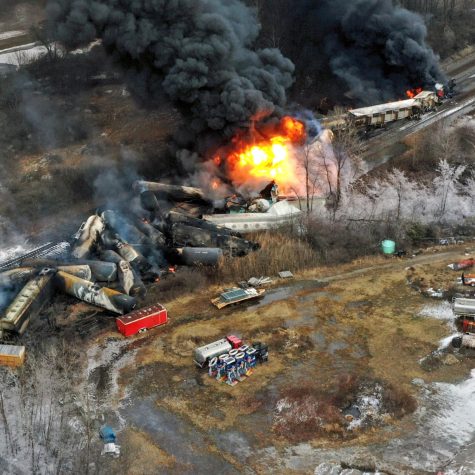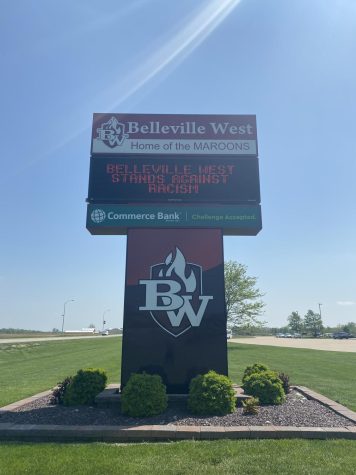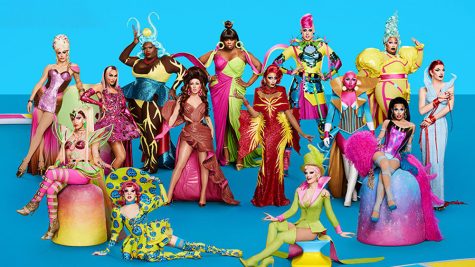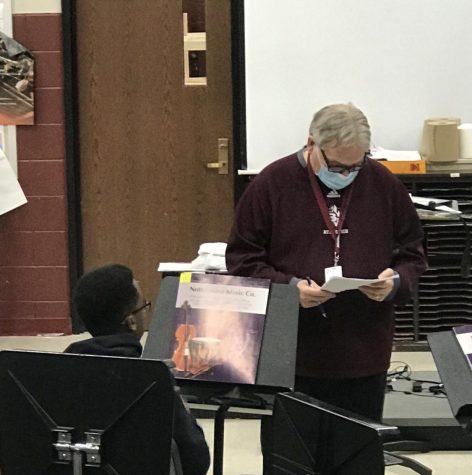Anarchists and Opportunists Are NOT Protestors
January 22, 2021
In the wake of what happened when a group of people stormed the United States Capitol, once again the media is referring to these people as protesters. This past summer saw legitimately organized protests around the country demanding justice and accountability for perceived brutality against Black, indigenous, and other people of color. Just these past few weeks, America has witnessed organized rallies surrounding the 2020 presidential election and the accuracy of the results. The mainstream media continues to incorrectly label all people involved as protesters, but that description is not accurate. Anarchists and opportunists are NOT protesters!

While these two causes, Black Lives Matter and Stop The Steal, appear to be at complete opposite ends of the social awareness spectrum, they do share something in common. They both had people that crossed the line between exercising the First Amendment right to peaceably assemble and devolving into criminal acts of property damage, trespassing, and theft.
Those who committed these crimes, whether they stole a handful of shirts or the lectern of the Speaker of the House of Representatives, should never be generalized as protesters, because in reality, there were three types of people in each group: protesters, anarchists, and opportunists.
The First Amendment of the United States Constitution allows that “Congress shall make no law respecting an establishment of religion, or prohibiting the free exercise thereof; or abridging the freedom of speech, or of the press; or the right of the people peaceably to assemble, and to petition the Government for a redress of grievances.”
The key phrase to this passage is “peaceably.” Those who were truly there with megaphones, signs, banners, shirts, or hats who simply wanted to draw attention to an issue they felt strongly about were protesters. They decorated cars, led chants, or held sit-ins and “peaceably” tried to get their message across.
While some protesters did engage in civil disobedience, which is defined as a “refusal to obey governmental demands or commands especially as a nonviolent and usually collective means of forcing concessions from the government,” these occurrences were typically isolated to gathering after a curfew, or occupying space in a street that interrupted traffic.
The emphasis of civil disobedience is that the actions are nonviolent. This disobedience, by definition, does not include criminal or seditious acts. The people who committed crimes, whether against businesses or the government, were not protesters. They were either anarchists or opportunists, and it’s a distinction that needs to be recognized by both the mainstream media and the public.
Anarchists are those who used the cover of these protests to create mayhem or to symbolically buck the perceived “system.” Those engaged in anarchy used spray paint, Molotov cocktails, bricks, and even pipe bombs with the intention being to simply cause problems. These troublemakers are estimated to have caused up to two billion dollars in damages during the summer protests and it is currently unknown how much it will cost to repair the United States Capitol building from the attacks just over a week ago.
Opportunists were the people that we saw taking advantage of the situations that were a result of the anarchists’ actions. These people followed behind the anarchists who broke windows, knocked down doors, or otherwise gained entry to businesses and proceeded to take whatever money, merchandise, or items that interested them. Like vultures, they swooped in and picked the carcass clean which crippled small business owners that often served as anchors for the communities where this occurred.
We all saw the footage this summer of people running from stores, stolen items in their hands, in areas where there were simultaneously Black Lives Matter protests taking place. We saw buildings being burned, windows destroyed, and vehicles overturned. Make no mistake though. These were not acts of those who were exercising their first amendment right to free speech. Nowhere in the First Amendment does it allow citizens to raid and loot a Target, burn vehicles at Enterprise Rent-A-Car, or destroy a police precinct. It does not allow people to trespass, break windows of a federal building, or steal government issued laptops.
These were acts by those seeking to take advantage of the situation, the opportunists, or those seeking to cause mayhem just for the sake of bucking the perceived “system,” the anarchists. They weren’t there for a cause. They were there for themselves. Most importantly, they were not protesters trying to spread a message, and should never be referred to as such.










